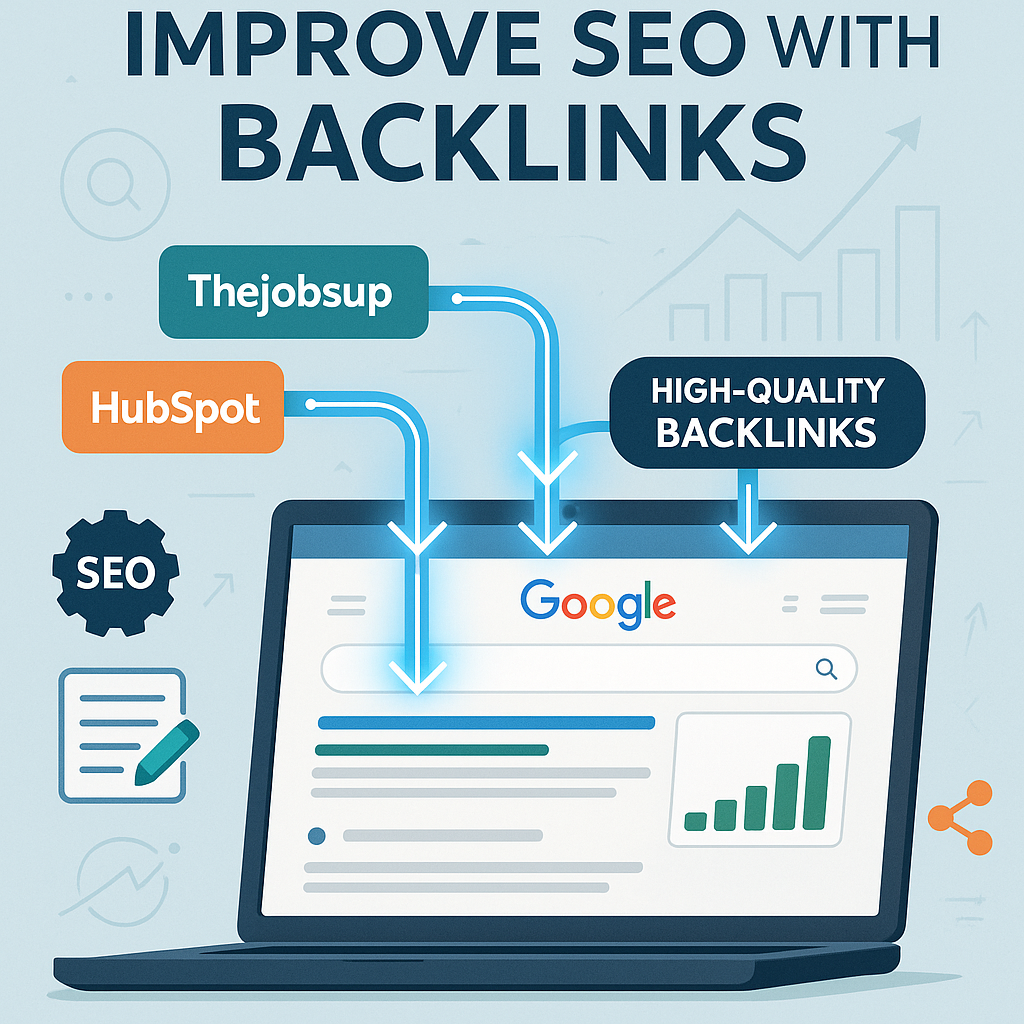If you want your website to rank higher on Google, high-quality backlinks are one of the most powerful tools in your SEO arsenal. But what exactly are backlinks, and how do you get the right ones without falling into shady tactics?
In simple terms, backlinks are links from other websites that point to yours. Search engines like Google see them as votes of confidence—the more reputable and relevant the linking site, the bigger the boost for your rankings. But not all backlinks are created equal. Spammy or irrelevant links can harm your SEO, so it’s essential to prioritize quality over quantity.
In this guide, we’ll walk you through proven, beginner-friendly strategies to build strong backlinks that improve your search rankings—without the stress.
1. Natural Link Building: Earn Links the Right Way
The best backlinks come naturally when other websites find your content valuable enough to share. Instead of begging for links or buying them (which Google penalizes), focus on creating useful, engaging content that solves problems, answers questions, or offers unique insights.
Think about it: If your blog post, guide, or tools is genuinely helpful, people will link to it without you even asking.
2. Guest Posting: Share Your Expertise & Get Backlinks
Writing guest posts for reputable blogs in your niche is a win-win. You establish yourself as an authority, drive referral traffic, and—most importantly—earn a backlink.
Pro Tip: Always aim for dofollow links (links that pass SEO value) in your author bio or within the content itself. Some sites only offer nofollow links, which don’t directly help rankings but can still bring traffic.
3. Quality Over Quantity: Not All Backlinks Are Equal
Would you rather have:
- 100 links from spammy, irrelevant sites?
- 5 links from trusted industry leaders?
Google prefers the latter. A single backlink from a high-authority site can do more for your SEO than dozens of low-quality links.
How to judge quality? Check the website’s:
- Traffic and engagement
- Domain Authority (DA)
- Relevance to your niche
4. Relevance Matters: Stay Within Your Niche
A backlink from a tech blog won’t help much if you run a fitness website. Google looks for contextual relevance, meaning links should come from sites related to your industry.
For example:
- A cooking blog linking to your recipe site? Great!
- A car repair site linking to your fashion store? Not so helpful.

5. Broken Link Building: Fix & Replace for a Backlink
Here’s a clever trick: Find broken links on high-authority websites (using tools like Ahrefs or Check My Links), then reach out to the site owner with a friendly message:
“Hi [Name], I noticed your guide on [Topic] has a broken link to [Old Resource]. I recently published a similar (and updated) guide here: [Your Link]. Would you consider replacing it?”
This helps them fix a dead link while giving you a valuable backlink—win-win!
6. Social Media & Indirect Backlink Benefits
While social shares (Facebook, Twitter, LinkedIn) don’t directly boost rankings, they increase visibility. More eyes on your content = higher chances of someone linking to it naturally.
7. Monitor & Disavow Toxic Backlinks
Not all backlinks are good. If shady sites link to you (e.g., spammy directories or irrelevant blogs), Google might penalize you.
Solution: Use Google Search Console to check your backlink profile. If you find harmful links, disavow them to tell Google to ignore them.
8. Don’t Forget Internal Linking
While external backlinks are crucial, internal links (linking to other pages on your site) help Google understand your site structure and keep visitors engaged.
Google Search Trends in Tech – Global 2024 Rankings
Final Thoughts: Backlinks Are Just One Piece of SEO
Backlinks are powerful, but they work best alongside:
- High-quality content
- Strong on-page SEO (titles, meta descriptions, keywords)
- Fast, mobile-friendly websites
Ready to boost your SEO? Start building high-quality backlinks today!
